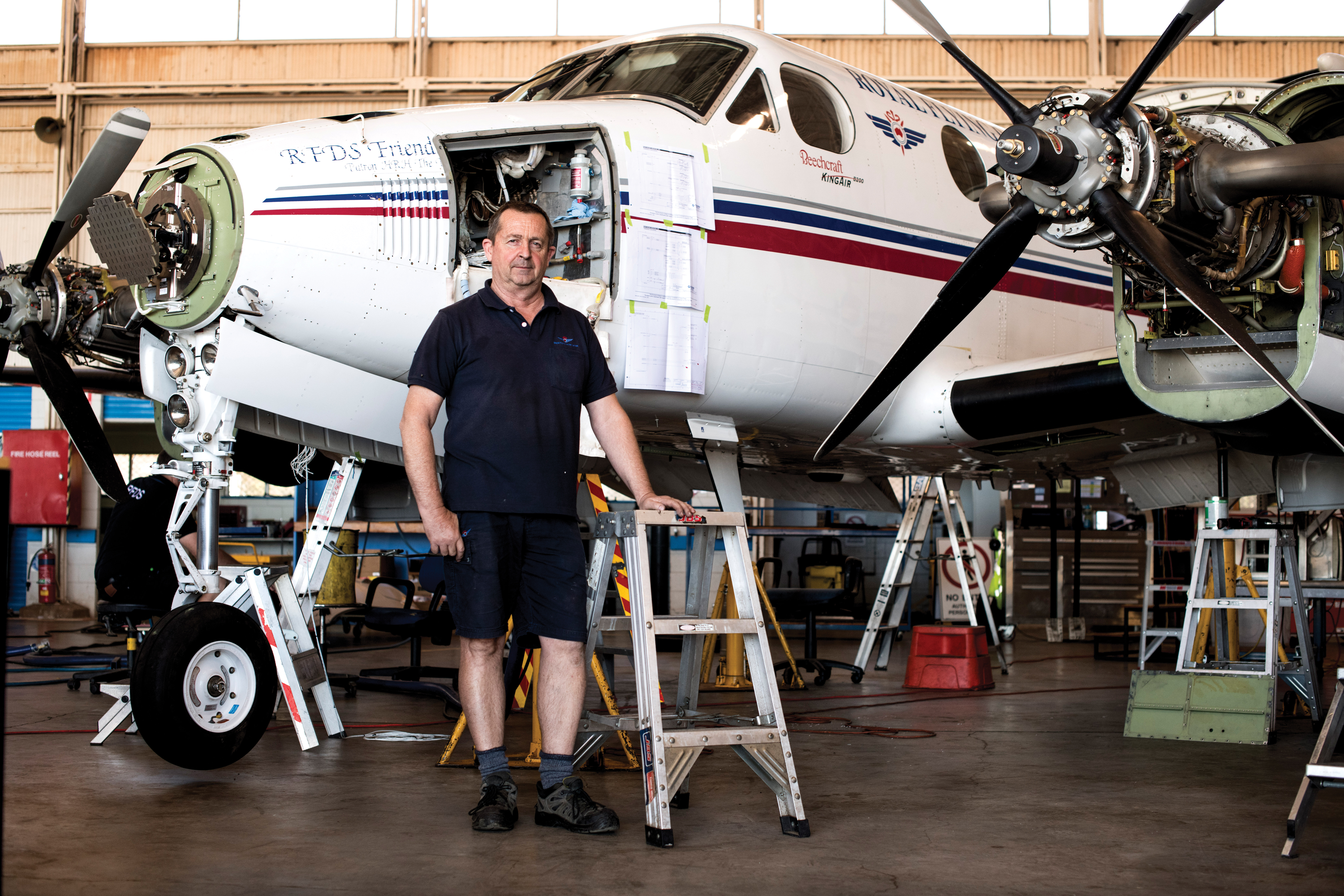How to work with people – Part 5: creative posing
Pro portrait and lifestyle photographer Holly Wren shares advice for shooting successful portraits


Holly is a UK-based commercial advertising photographer who specialises in portraits and lifestyle imagery. Her passion is to photograph people, the folk that she meets along the way, and she often shares her portrait technique and lighting advice in Digital Photographer magazine.
www.hollywren.com
For me, trying more creative or daring poses with your subject comes when you’ve created a good rapport with them. If that’s been established, you’ll more likely get their cooperation when you ask them to try something different, maybe the shot you’ve been aiming for all along.
The creativity may just come in the form of them pulling a more animated face, or may require them doing something more physical like jumping, or putting themselves in a pose they would normally feel uncomfortable with.
The limits of each individual you have to judge as you go. Suggesting an idea casually can break the ice, and you can see their response and gauge whether they will be up for having a go. Being more creative requires risk, and it won’t always go to plan. But if you try, you might end up with your best shot.

Easy options for more creative shots could be asking your sitter to pull different faces, or play to camera. It could be as simple as them throwing their arms up or falling backwards in a chair. It may be that you ask them to sit in a more unorthodox way, or stand or sit on something they wouldn’t normally.
But it’s not always about them – mixing up your perspective by hunting for new ones can make the shot more creative, for example going high or low, or shooting through an object or past a person.

Remember that this requires trust – shooting from above you’ll often have to stand over your model, which may be too intimate for some subjects. I find people want to be reassured that you’ll make them look good, and what you’re doing isn’t designed to humiliate them – showing them the images as you go can help this too.
If you’ve already pitched in and planned a more creative shoot, your subject should be aware of what’s going to happen. But if there’s a client in between, be sure that’s been communicated, and always chat it through before you start. Sometimes what someone says they will do, and what they are actually willing to do, can be very different.
The best camera deals, reviews, product advice, and unmissable photography news, direct to your inbox!
Read more:
• The best camera for portraits
• The best photography lighting kits
• Portrait photography tips: how to practice portrait lighting without a model

Lauren is a writer, reviewer, and photographer with ten years of experience in the camera industry. She's the former Managing Editor of Digital Camera World, and previously served as Editor of Digital Photographer magazine, Technique editor for PhotoPlus: The Canon Magazine, and Deputy Editor of our sister publication, Digital Camera Magazine. An experienced journalist and freelance photographer, Lauren also has bylines at Tech Radar, Space.com, Canon Europe, PCGamesN, T3, Stuff, and British Airways' in-flight magazine. When she's not testing gear for DCW, she's probably in the kitchen testing yet another new curry recipe or walking in the Cotswolds with her Flat-coated Retriever.
